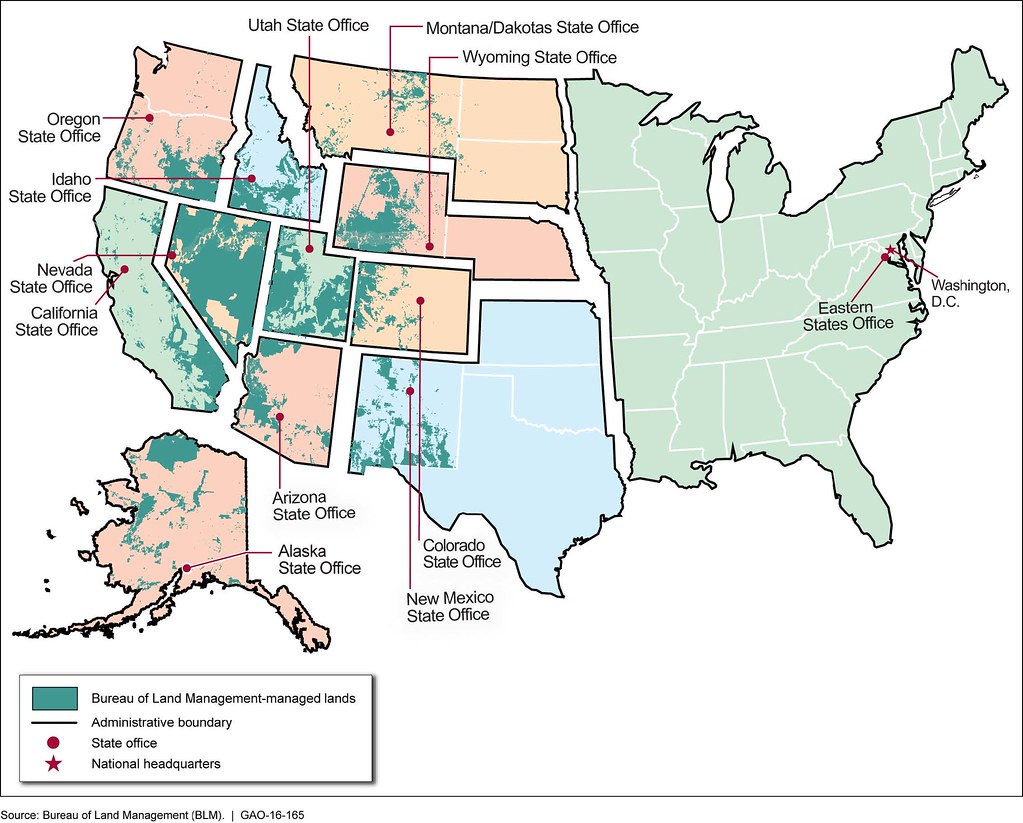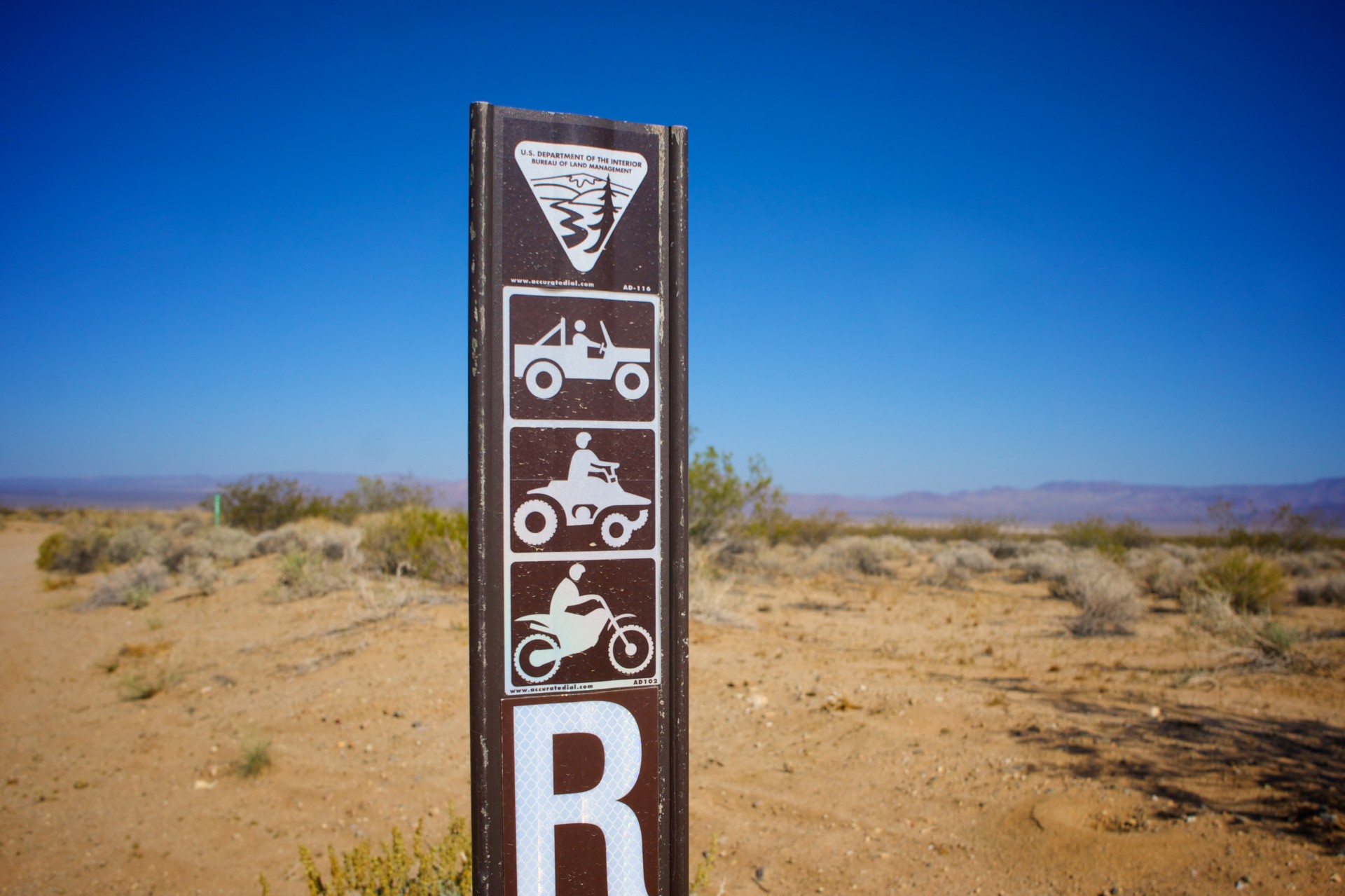What Is BLM Land? Understanding The Vast Public Lands Managed By The Bureau Of Land Management
Apr 19 2025
So, you’ve probably heard the term “BLM land” thrown around here and there, especially if you’re into outdoor adventures, conservation, or just keeping up with national news. But what exactly is BLM land? And why does it matter? Well, buckle up, because we’re about to dive deep into the world of public lands managed by the Bureau of Land Management (BLM). These aren’t just any old patches of dirt—we’re talking millions of acres that play a crucial role in our environment, economy, and cultural heritage. So, grab your hiking boots and let’s get started!
BLM land isn’t just for thrill-seekers or nature lovers. It’s a treasure trove of resources, history, and natural beauty that belongs to all of us. From rugged deserts to towering mountains, these lands are as diverse as the people who use them. But with great land comes great responsibility, and understanding how BLM manages these areas is key to appreciating their value.
Now, before we go any further, let’s clear the air: BLM land isn’t just about camping or hunting. It’s a complex system that balances recreation, conservation, and resource extraction. This article will break it all down for you, from the basics of what BLM land is to how it impacts your life. Ready to explore? Let’s do this!
Table of Contents:
- What is BLM Land?
- History of the Bureau of Land Management
- Types of BLM Land
- How BLM Land is Used
- BLM Conservation Efforts
- Challenges Facing BLM
- BLM and the Economy
- Recreation on BLM Land
- Access to BLM Land
- The Future of BLM Land
What is BLM Land?
Alright, let’s start with the basics. BLM land refers to public lands managed by the Bureau of Land Management, an agency within the U.S. Department of the Interior. These lands make up about 10% of the entire United States, spanning over 245 million acres across the country. Yeah, that’s a lot of land! But here’s the kicker: not all BLM land is the same. Some areas are designated for recreation, others for conservation, and some even for resource extraction like mining and drilling.
BLM land is unique because it’s managed for multiple uses, meaning it serves different purposes depending on the location and needs. For example, you might find a BLM-managed national monument protecting ancient ruins, while just a few miles away, another BLM area could be leased for oil and gas development. It’s a delicate balance, but one that’s crucial for maintaining the health and sustainability of these vast areas.
Why is BLM Land Important?
BLM land is more than just open space—it’s a vital part of our nation’s identity. These lands provide habitat for countless species, offer opportunities for outdoor recreation, and support local economies through industries like ranching and tourism. Plus, they’re a living museum of sorts, preserving ancient artifacts and cultural sites that tell the story of America’s past.
But here’s the thing: BLM land isn’t just for the elite or the adventurous. It’s for everyone. Whether you’re a hiker, a hunter, or just someone who enjoys a scenic drive, there’s something for you on BLM land. And that’s part of what makes it so special.
History of the Bureau of Land Management
The BLM hasn’t always been the agency we know today. It started way back in 1946 when the Grazing Service and the General Land Office merged to form the Bureau of Land Management. At the time, the focus was mainly on managing grazing rights for ranchers, but over the years, the agency’s responsibilities have grown significantly.
Today, the BLM manages everything from wildlife habitats to energy development, all while balancing the needs of various stakeholders. It’s a tough job, but one that’s essential for preserving our nation’s natural resources for future generations.
Key Milestones in BLM History
- 1976 – Federal Land Policy and Management Act (FLPMA): This landmark legislation established the BLM’s multiple-use mandate, ensuring that public lands are managed for a variety of purposes.
- 1996 – National Monuments: The BLM began managing national monuments, adding a new layer of protection to some of the most iconic landscapes in the country.
- 2010 – National Landscape Conservation System (NLCS): The NLCS was established to highlight and protect the BLM’s most significant natural and cultural resources.
Types of BLM Land
Not all BLM land is created equal. In fact, there are several different types of BLM-managed areas, each with its own unique characteristics and management goals. Here’s a quick breakdown:
- Wilderness Areas: These are pristine areas where human impact is minimized, allowing nature to thrive in its purest form.
- National Monuments: These protected areas are designated for their cultural, historical, or scientific significance.
- Recreation Areas: These areas are specifically managed for outdoor activities like hiking, camping, and fishing.
- Grazing Lands: These areas are leased to ranchers for livestock grazing, supporting agricultural communities across the West.
Each type of BLM land serves a different purpose, but they all contribute to the overall health and sustainability of the public lands system.
BLM Land Designations
BLM land isn’t just divided into types—it’s also designated for specific uses. For example, some areas are set aside for conservation, while others are open for resource extraction. These designations are based on a variety of factors, including environmental impact, cultural significance, and economic needs.
How BLM Land is Used
BLM land is used for a wide range of purposes, from recreation to resource extraction. Here’s a closer look at some of the most common uses:
- Recreation: BLM land offers countless opportunities for outdoor activities, from hiking and camping to hunting and fishing.
- Conservation: Many BLM-managed areas are protected for their ecological or cultural significance, ensuring that these resources are preserved for future generations.
- Resource Extraction: BLM land is also a major source of natural resources, including oil, gas, coal, and minerals.
But here’s the tricky part: balancing these uses can be a challenge. The BLM has to weigh the needs of different stakeholders, from environmental groups to energy companies, to ensure that the land is managed in a way that benefits everyone.
Multiple-Use Mandate
The BLM’s multiple-use mandate means that these lands are managed for a variety of purposes, not just one. This approach allows for a more holistic management strategy, but it also requires careful planning and collaboration with stakeholders.
BLM Conservation Efforts
Conservation is a major focus of the BLM’s mission. The agency works to protect sensitive habitats, preserve cultural sites, and restore damaged ecosystems. But conservation isn’t just about setting land aside—it’s about actively managing these areas to ensure their long-term health.
For example, the BLM partners with local communities, tribes, and conservation groups to implement restoration projects, monitor wildlife populations, and address threats like invasive species and climate change. It’s a collaborative effort that requires input from all stakeholders to be successful.
Key Conservation Initiatives
- Greater Sage-Grouse Habitat Restoration: The BLM is working to protect the habitat of the Greater Sage-Grouse, a species that’s been in decline due to habitat loss.
- Wild Horse and Burro Program: The BLM manages populations of wild horses and burros on public lands, ensuring that these iconic animals don’t overgraze or damage sensitive ecosystems.
Challenges Facing BLM
Managing BLM land isn’t without its challenges. From political pressures to environmental concerns, the agency faces a wide range of issues that can make its job difficult. Here are a few of the biggest challenges:
- Climate Change: Rising temperatures and changing weather patterns are affecting BLM-managed lands, leading to more frequent wildfires and droughts.
- Resource Extraction: Balancing the need for energy development with conservation goals can be a delicate dance, especially in areas with high ecological value.
- Recreation Pressure: As more people flock to public lands, the BLM faces increased pressure to manage recreation in a way that minimizes impact on the environment.
Despite these challenges, the BLM continues to adapt and innovate, finding new ways to manage these lands sustainably.
How You Can Help
Conservation isn’t just the BLM’s job—it’s everyone’s responsibility. By practicing Leave No Trace principles, supporting conservation efforts, and advocating for responsible land management, you can help protect these precious resources for future generations.
BLM and the Economy
BLM land plays a significant role in the U.S. economy, supporting industries like tourism, ranching, and energy development. In fact, BLM-managed lands contribute billions of dollars to the economy each year through recreation, grazing leases, and resource extraction.
But here’s the catch: balancing economic development with conservation can be tricky. The BLM has to weigh the benefits of resource extraction against the potential environmental impacts, ensuring that these lands are managed in a way that supports both economic growth and ecological health.
Economic Benefits of BLM Land
- Tourism: BLM land attracts millions of visitors each year, generating revenue for local communities through tourism-related activities.
- Ranching: Grazing leases on BLM land support thousands of ranchers across the West, providing a vital source of income for rural communities.
- Energy Development: BLM-managed lands are a major source of oil, gas, and renewable energy, contributing to the nation’s energy independence.
Recreation on BLM Land
BLM land offers some of the best outdoor recreation opportunities in the country. From hiking and camping to hunting and fishing, there’s something for everyone on these vast public lands. But recreation isn’t just about having fun—it’s also about connecting with nature and learning about the environment.
That said, it’s important to remember that recreation comes with responsibilities. By following Leave No Trace principles and respecting local regulations, you can help ensure that these lands remain healthy and accessible for future generations.
Top BLM Recreation Spots
- Canyonlands National Park: This stunning desert landscape offers endless opportunities for hiking, camping, and exploring.
- Red Rock Canyon: Located just outside Las Vegas, this popular recreation area is perfect for rock climbing, biking, and wildlife watching.
- Steens Mountain: This remote Oregon destination is a haven for hikers, campers, and stargazers alike.
Access to BLM Land
One of the best things about BLM land is that it’s open to everyone. Unlike some national parks, which require entrance fees, most BLM-managed areas are free to visit. But that doesn’t mean there aren’t rules and regulations to follow. From camping permits to hunting licenses, there are certain requirements that help ensure the land is managed responsibly.
And here’s the kicker: access to BLM land isn’t always straightforward. Some areas are remote and difficult to reach, while others may have seasonal restrictions or require special permits. It’s always a good idea to check ahead of time to make sure you’re prepared for your visit.
Tips for Visiting


